Hindi Matrimony
by iMarriagesmatrimony site for Hindi speakers.
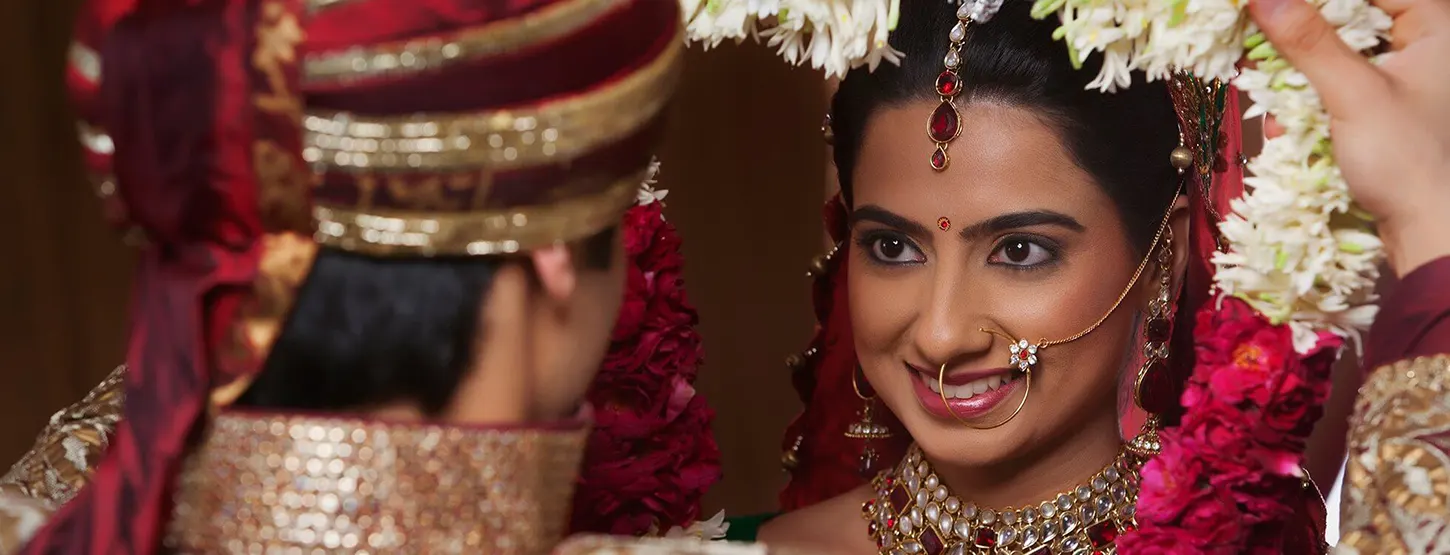

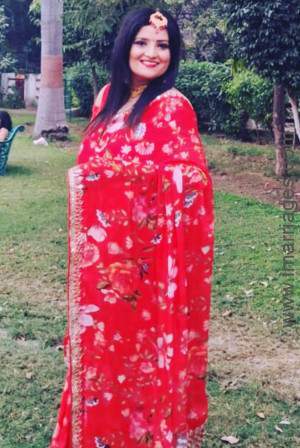
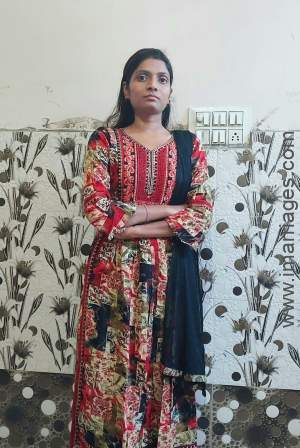
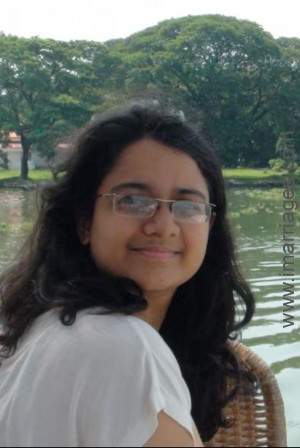
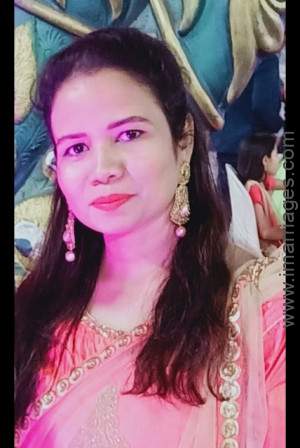
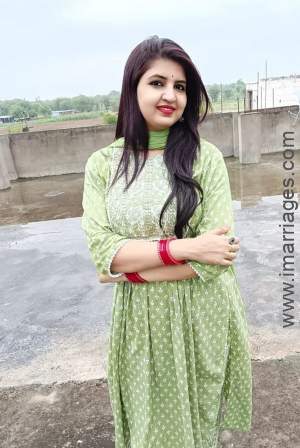
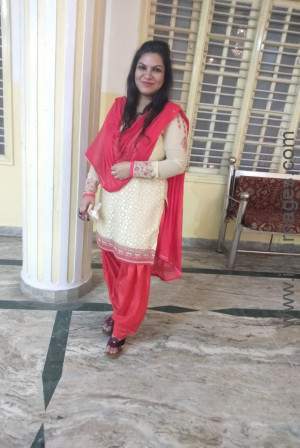


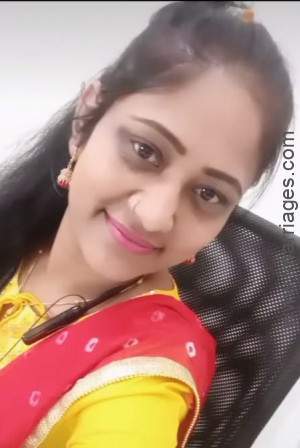


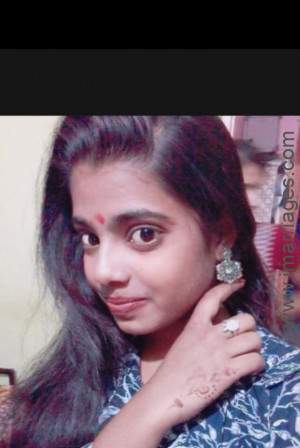




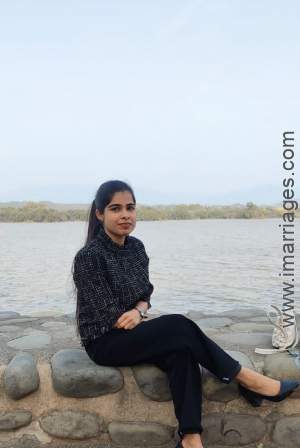




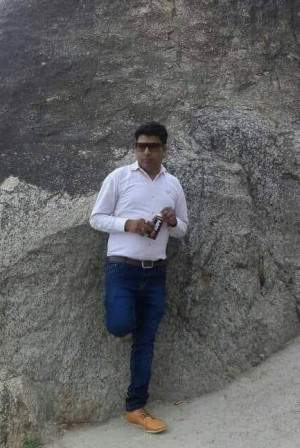













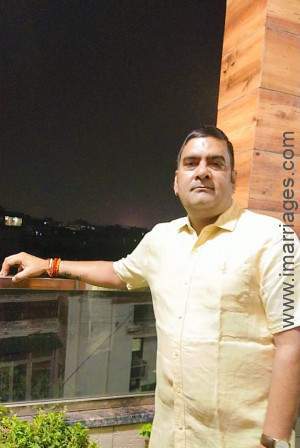
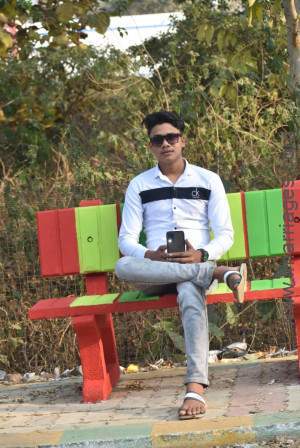


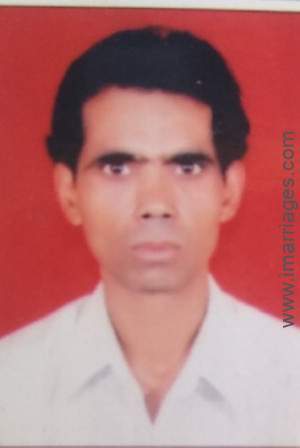







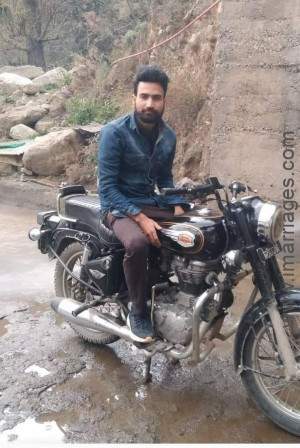
Welcome to Hindi Matrimony by iMarriages, a free matrimony portal for हिन्दी speakers with thousands of profiles in Bihar, Delhi, Haryana, Rajasthan, Uttar Pradesh and elsewhere.
Yes, our service is free. Our award-winning platform allows you to send personalized messages and communicate with your life partner via a safe and secure messaging system completely free. Using our messaging system, you can talk to your match and only share your phone number when you feel comfortable and ready to take the next step forward.
Of course, we are biased, but we believe iMarriages is the best value for money matrimony site and matchmaking app for people with Hindi as their mother tongue. The difference between iMarriages and all other Hindi matrimonial sites is that we allow you to send personalized messages and communicate with your life partner for free. We are the only safe and legitimate site that offers this.
Hindi matrimonials are the marriage ceremonies of Hindi speaking persons of almost all the parts of India. Marriages are a very auspicious affair in Hindu mythology, and people believe their life partner is pre-decided in heaven. Marriage marks an important transformation in man's life from Brahmacharya to Grihasthashram, where he is laid with family responsibilities. Thus, this occasion is celebrated with great pomp and show. Hindi matrimonial ceremony consists of a large set of rituals, each having deep mythological and spiritual significance.
Hindi is the native language of most people living in Delhi, Uttar Pradesh, Uttarakhand, Chhattisgarh, Himachal Pradesh, Chandigarh, Bihar, Jharkhand, Madhya Pradesh, Haryana, and Rajasthan. In 1950, the Indian Government declared that Hindi must be written in the Devanagari script. It is the official language of the Federal Government of India.
Despite slight variations among different regions of the country, a typical wedding of Hindi people have the following 13 steps:
Vara Satkaarah - It means welcoming the groom and his party at the wedding hall entrance gate. The bride's mother blesses the groom with rice and trefoil before applying tilak of vermilion and turmeric powder. The bride's brother then escorts him to the wedding platform, known as the mandap.
Madhuparka Ceremony - It refers to the arrival of the groom at the mandap. The bride's mother offers him milk and honey while the bride's father washes his feet and bestows presents to him.
Kanya Dan - This is the essential ceremony where the father of the bride gives away his daughter to the groom as a responsibility, and the groom promises him to take care of her.
Vivah-Homa - During this ritual, a sacred fire is lit to ascertain that all auspicious undertakings are begun in an atmosphere of purity and spirituality.
Pani-Grahan - The groom takes the right hand of the bride in his left hand and accepts her as his lawfully wedded life partner. Also, the couple promises to each other that while pursuing a life of Dharma, Artha, and Karma, they will remain faithful to each other.
Pratigna-Karan - The couple offers ghee to the sacred fire and takes solemn vows of loyalty, steadfast love, and life-long fidelity to each other.
Shila Arohan - The bride's mother helps the bride to step onto a stone slab, and this represents that she is directing her to prepare herself for a new life.
Laja-Homah - Puffed rice known as Laja is offered into the sacred fire by the bride while she keeps the palms of her hands over those of the groom.
Parikrama or Pradakshina or Mangal Fera - The couple moves around the sacred fire seven times while uttering promises to complement each other's journey of life. This aspect of the ceremony legalizes the marriage according to the Hindu Marriage Act as well as custom. Following this, the groom applies vermilion on the center parting of the bride and ties Mangalsutra around his neck.
Saptapadi - The marriage knot is tied on one end of the groom's scarf with the bride's dress. They take seven steps representing nourishment, strength, prosperity, happiness, progeny, long life, and harmony and understanding, respectively.
Abhishek - It signifies the sprinkling of water and seeking blessings of the sun and the pole star.
Anna Praashan - The brides and grooms makes food offerings into the fire then feed a morsel of food to each other, expressing mutual love and affection.
Aashirvadah - During this ritual, the couple takes the blessings of the elders.
Post-Wedding Rituals
It primarily comprises of Vidaai (farewell of the bride), Grihapravesha (welcoming of the bride at her new home), and finally, a reception party thrown by the groom's family.
Vidai - This is an emotional send-off of the bride. During this ceremony, the bride demonstrates her appreciation of her parents by throwing three handfuls of rice and coins over her shoulder.
Grihapravesha - On arrival at the groom's place, the couple is welcomed by performing traditional aarti. The bride enters the house by displacing a rice-filled pot with her right feet as a symbol of bringing prosperity.
Reception - A party is organized in the form of a grand feast by the groom's family for their friend and relatives.